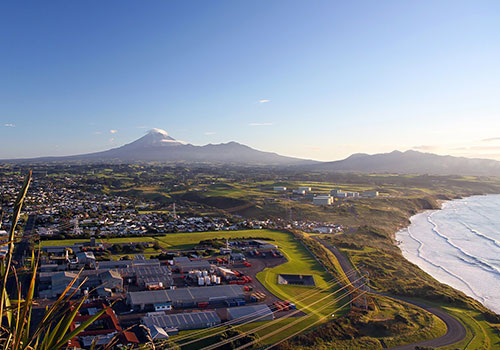The Renewables Challenge
The world needs to lower net emissions to reduce the worst impacts of climate change. Renewable energy will be a big part of that.
- In this section:
Increasing renewable options in our energy mix is a key part of global efforts to meet climate change goals. That said, renewables do have challenges which mean they alone won't be able to meet our growing energy needs in the decades to come.

What makes oil and gas such convenient sources of energy?
1
Even as the world changes its energy mix, oil and gas have some major advantages that make them very hard to replace:
- Energy dense
- Efficient
- Low in transformation cost
- Affordable
- Transportable
- Deliver immediate power
- Provide constant power
Pros and cons of our renewable energy sources
2
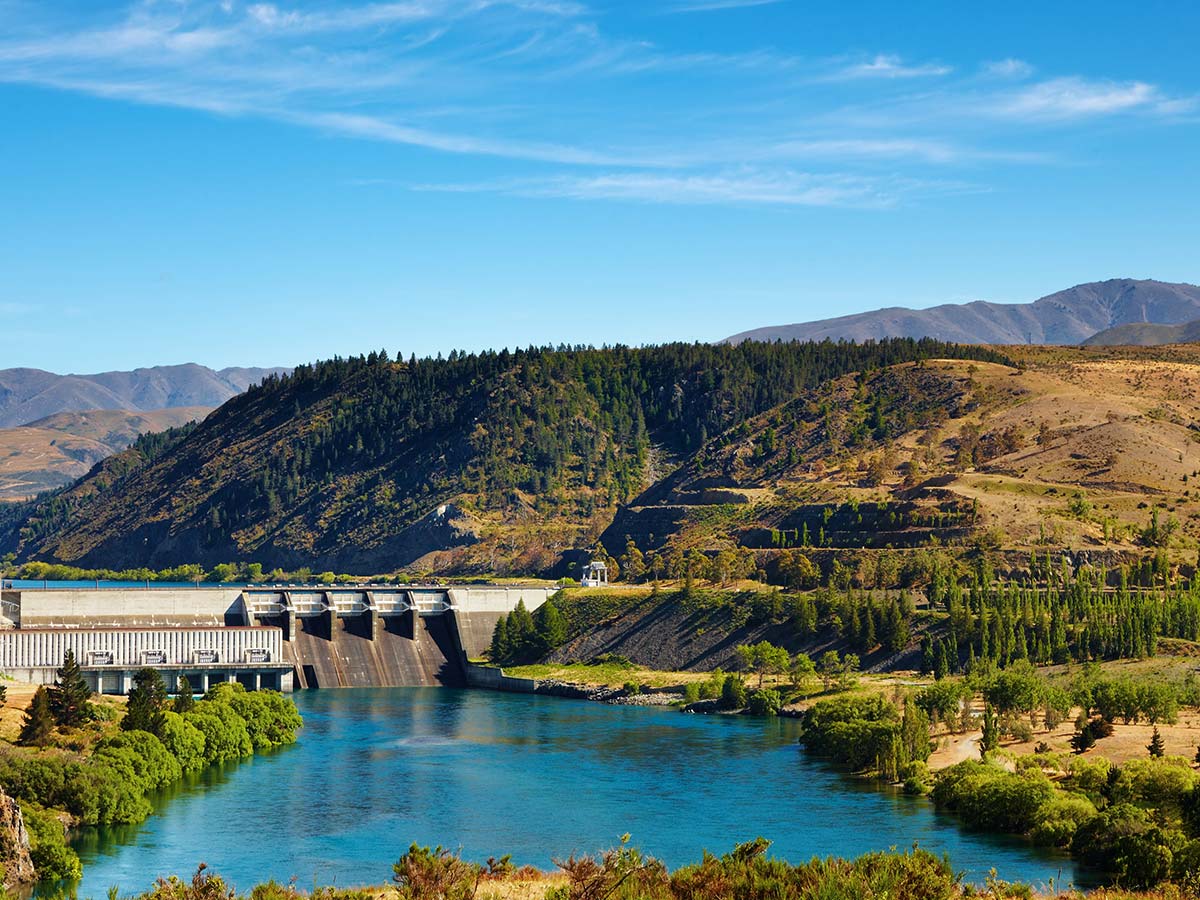
Hydroelectricity
Water stored in dams can be turned into electricity in minutes – in a process that gives off no greenhouse gases. However, building dams has a huge impact on the surrounding environment. Where enough water can be stored, hydroelectricity is reliable and consistent.
However New Zealand has relatively small water storage capacity and we need regular rain to fill up the dams. In a dry year this can be a challenge.
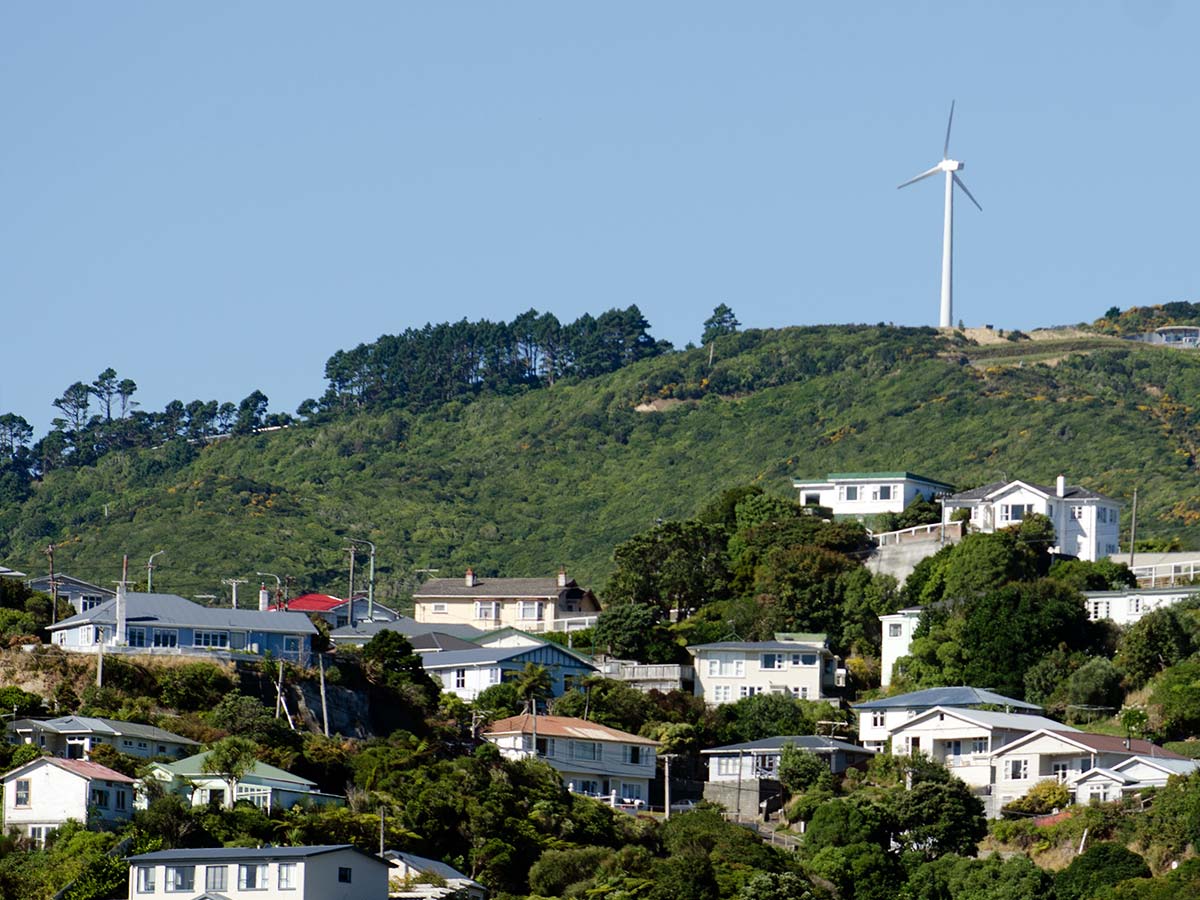
Wind
New Zealand’s windswept landscape gives us one of the best wind resources in the world. Wind turbines don’t produce greenhouse gas emissions as they generate electricity and are easy to remove, making wind power one of the most environmentally friendly forms of electricity generation. Wind infrastructure is also fast to build.
International studies show wind farms have no effect on health. Some people object to the sight of wind farms and the noise they make, but stricter building codes for farms and noise standards for turbines have made wind-powered generation quieter.
Wind farm operators can forecast with reasonable accuracy how much electricity they’ll generate in a year, despite changes to wind speed. The long term stability of wind farm generation makes it a good fit with hydroelectric generation, which can be less stable during dry periods.
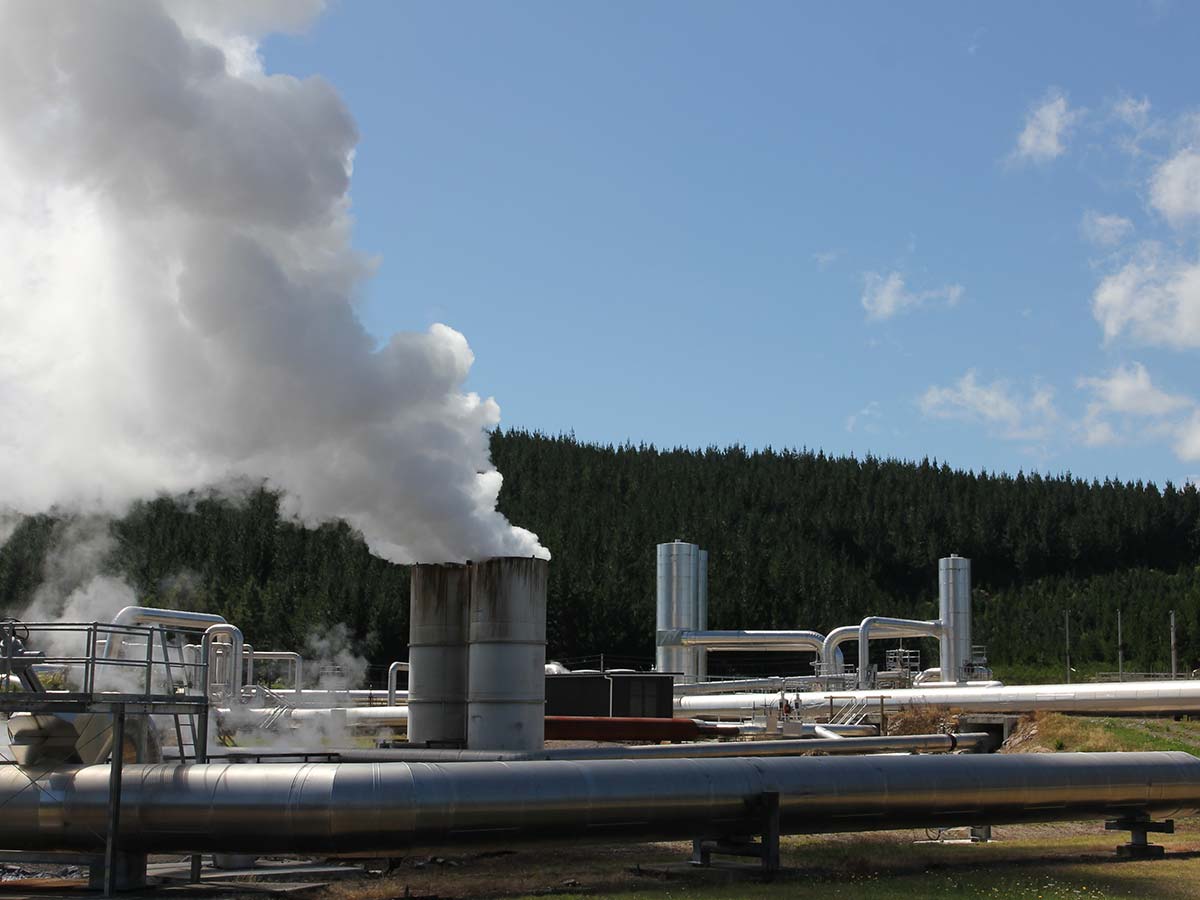
Geothermal
Geothermal energy supply doesn’t depend on weather conditions, making it consistent and reliable. It’s a renewable resource, but it needs careful management and monitoring to control water and pressure levels and prevent land subsidence and depletion.
Geothermal fluids also contain gases and minerals, though amounts vary from field to field, and the amount released depends on the design of the power station. So electricity generated from geothermal energy does produce some greenhouse gas emissions.
However, a geothermal power station still produces fewer greenhouse gas emissions than the cleanest natural gas-fuelled power station.
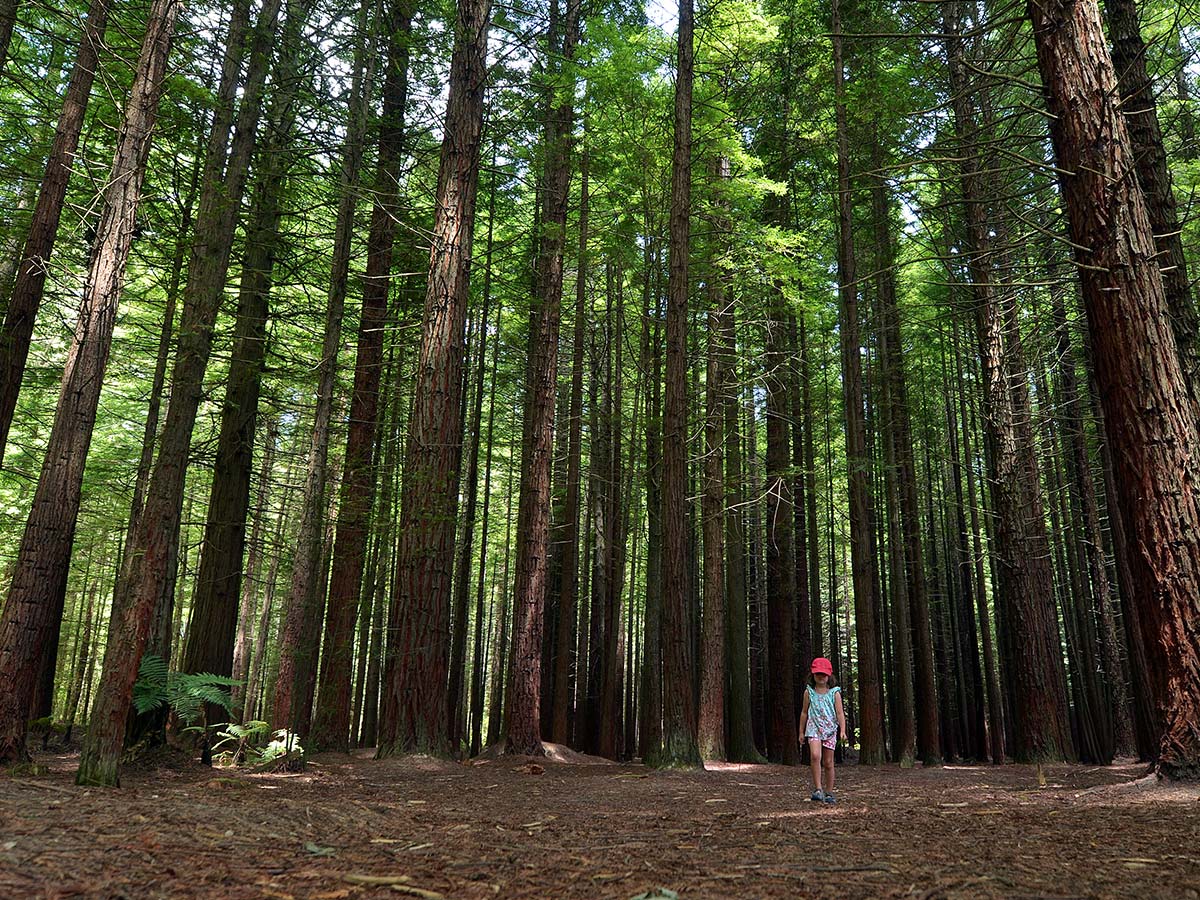
Bioenergy
Bioenergy comes from trees and crops grown for their energy content and from by-products such as sewage, straw, manure, animal and vegetable fat and rubbish. These energy sources are referred to as biomass feedstocks. Biomass can be burned to produce heat. This heat can be used directly or used to generate electricity. Biomass can also be turned into biofuels that can be blended with conventional fossil fuels to increase the renewable component in energy used for transport.
Using bioenergy will have almost no greenhouse effect as long as the carbon dioxide is given off during use is absorbed by the next crop of biomass. Beyond greenhouse gas emissions, the total environmental impact of a bioenergy source depends on how the feedstock is produced. It can be cheap if the biofuel you use is a by-product of something already being made on the site. However, costs of using bioenergy can outweigh benefits – for example, if you have to gather fuel from too wide an area or if transporting it is expensive.
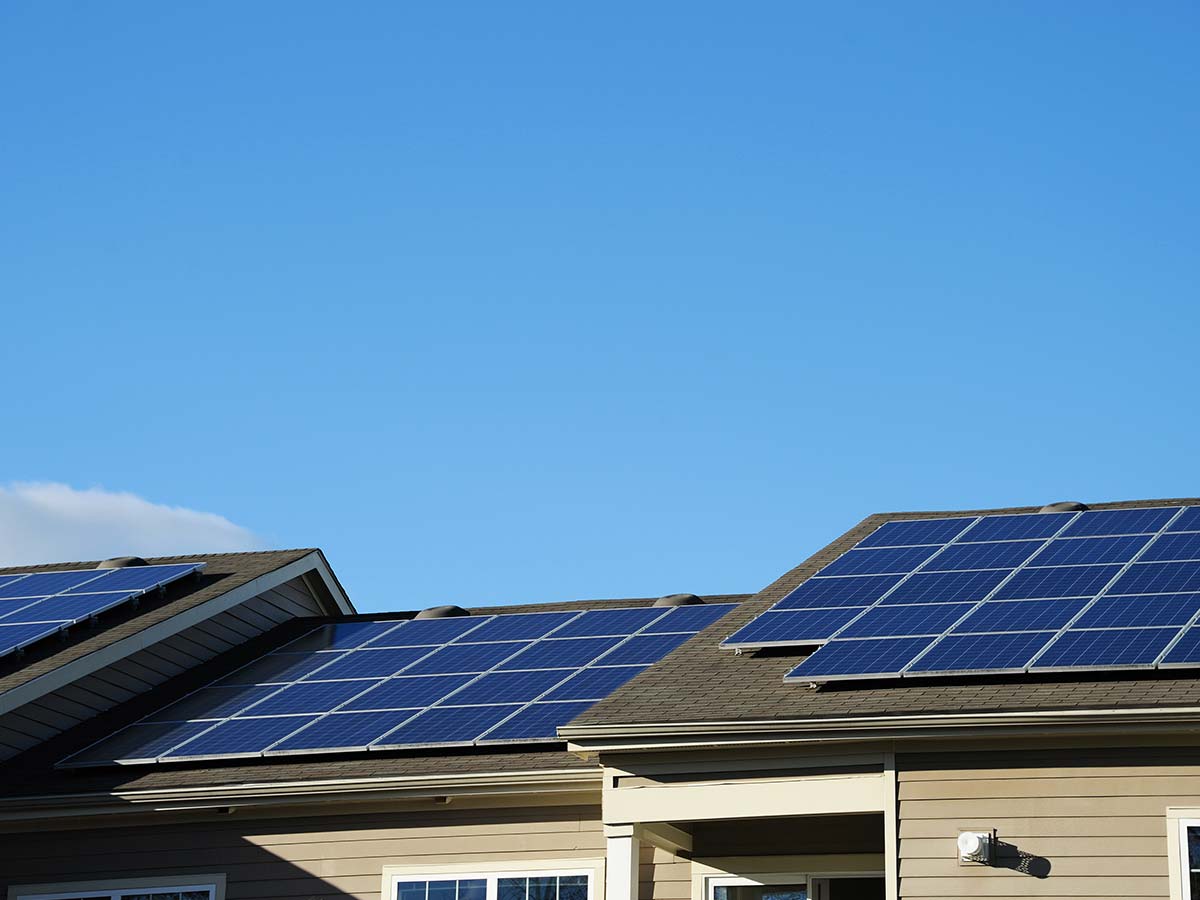
Solar
Solar technology is silent and unobtrusive, and be used all around the country. The main barrier to its uptake is cost. Large scale wind, geothermal and hydro options generate electricity much more cheaply than domestic solar.
What are some of the challenges facing renewable energies?
3
Currently renewable energy provides less than 15% of the world's total energy. Even under the most optimistic scenarios, this is expected to rise to around 36% by 2040 - still leaving a large amount of energy to be provided for people to live their lives.

Pace of growth of energy demand
The world population is expected to grow from around 7.8 billion in 2020 to 9 billion in 2040, and become increasingly urbanised and wealthy. This means demand for energy is likely to keep increasing.
While renewable energy sources are growing faster than conventional energy sources, it is still not fast enough rate to meet this demand. That’s why oil and gas are predicted to still supply around 50% of the world’s energy needs by 2040.
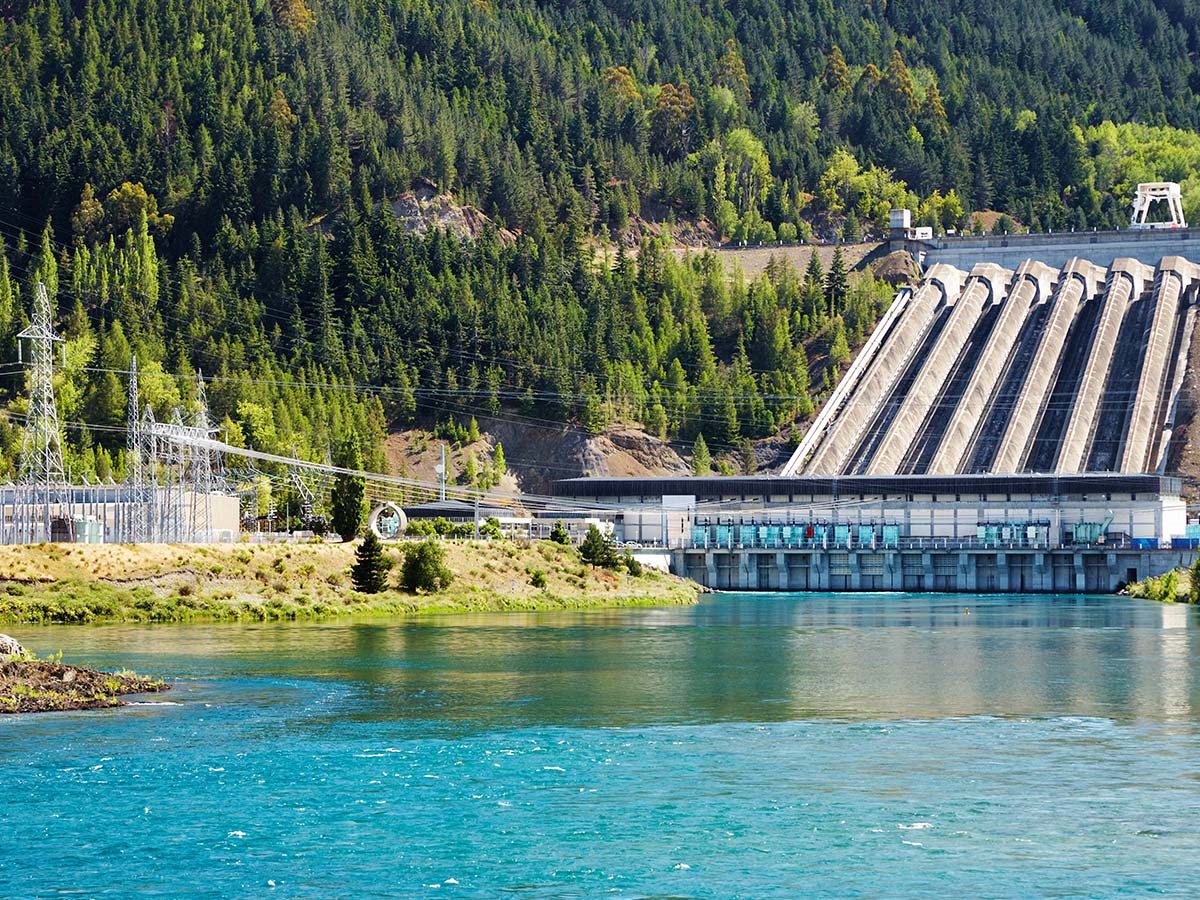
Cost of infrastructure transformation
Increasing renewables in the energy mix requires major investment in infrastructure.
For example, harnessing wind energy can require the construction of transmission lines to take wind energy from windy places to places where that energy can be used in the form of electricity.
On the road, vast fleets of commercial and personal vehicles need to be converted to electrically powered vehicles that require extensive nationwide networks of recharge stations.
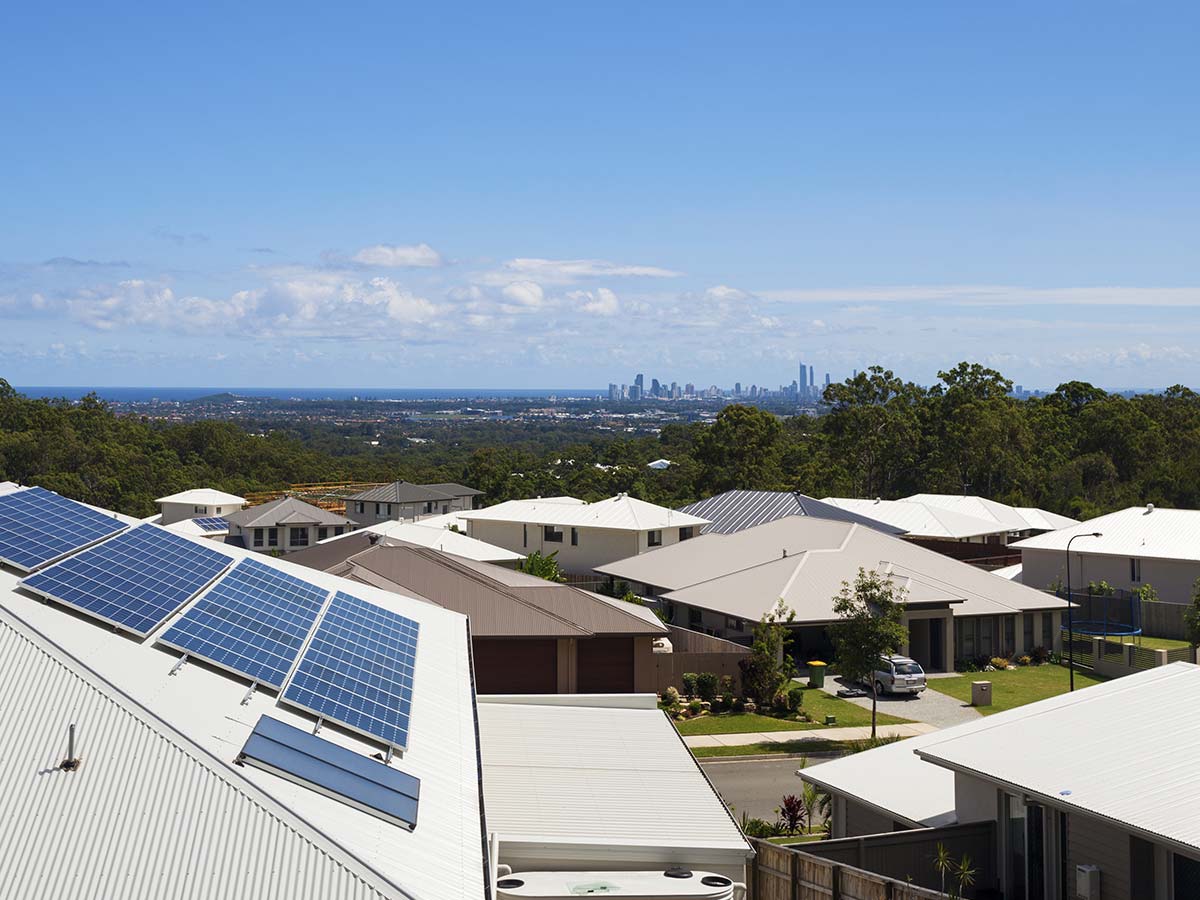
Intermittency
While a strong mix of energy types in the supply chain reduces the impact of intermittency, renewable energies are compromised by the irregular nature of the source. The sun is not always shining, and the wind doesn’t always blow.
Given that our power grids need to provide constant electricity supply to homes and businesses, fossil fuel systems are essential in retaining a constant source of energy when renewable sources are offline.
For example, natural gas power stations can come online immediately, buffering the system against supply failure in the case of low hydro-powered power station supply.
Breakthroughs in energy storage, particular in battery technology, will go a long way to reducing the consequence of intermittency when those technologies mature.
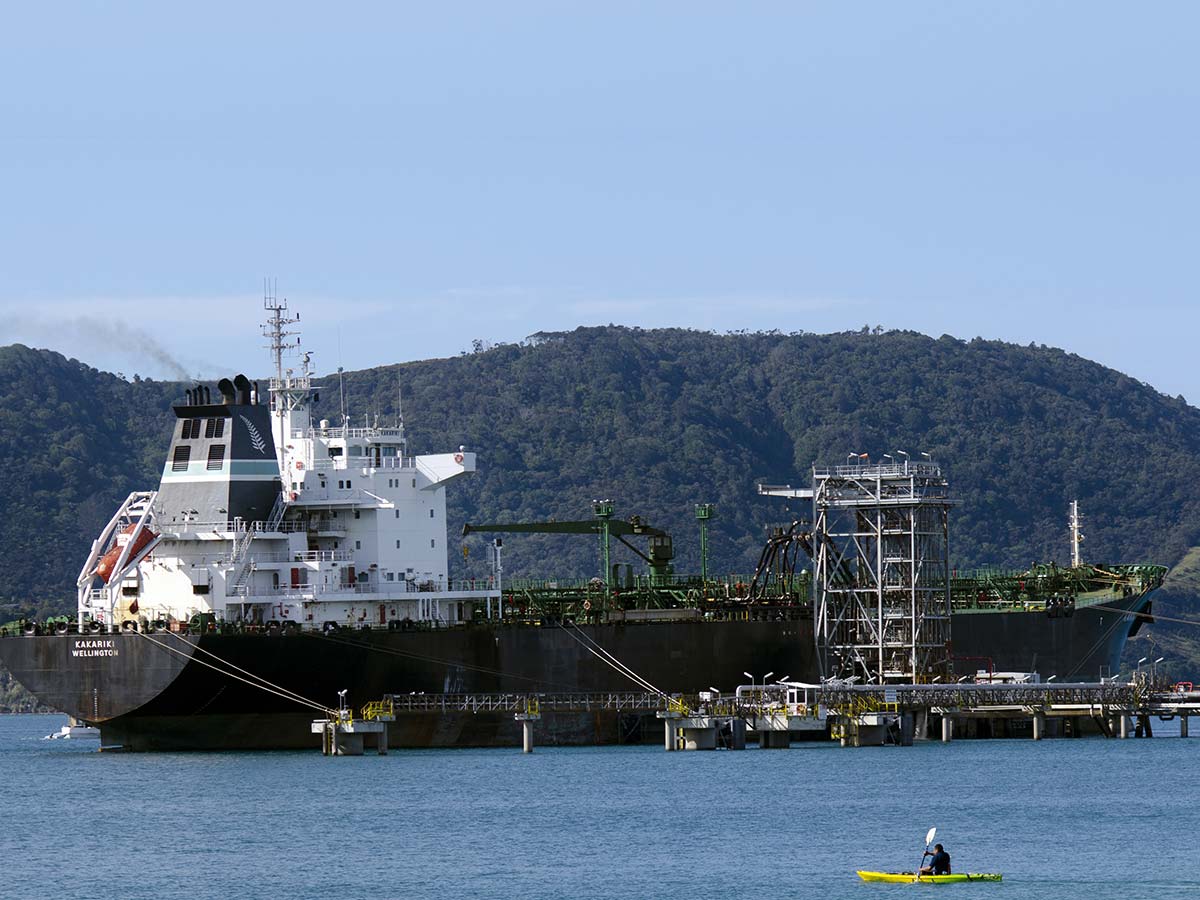
Scaleability
While rates of growth in renewables are outstripping those of fossil fuels, the sheer size of our energy requirements means in many cases even remarkable growth rates in supply of renewable energy remain small when compared to total energy demand, and growth in that demand.
For example, while the cost of solar energy has fallen in recent years, it still generates just 0.7 petajoules of energy per year, out of a total of 901 petajoules.
So even with rapidly increasing growth rates in solar PV installation, it will take time for solar to meet meaningful quantities of energy demand.


